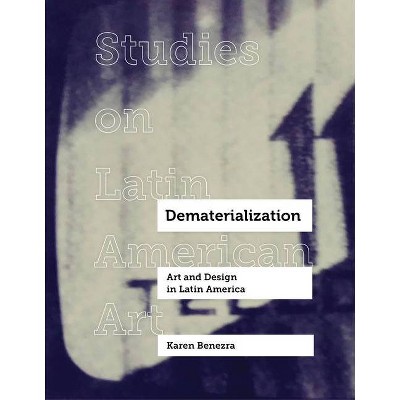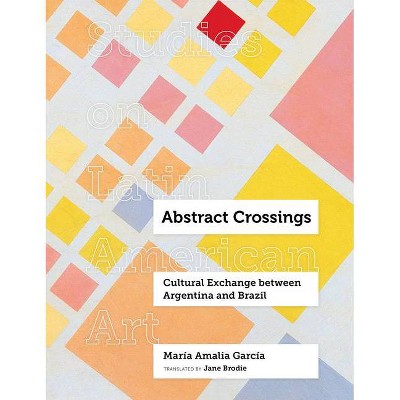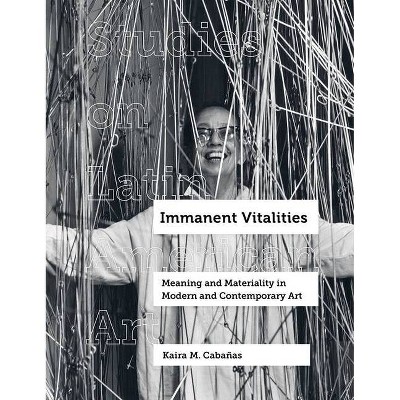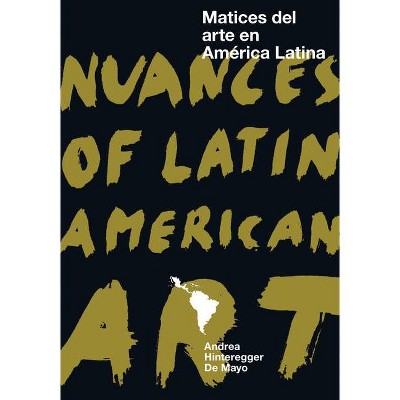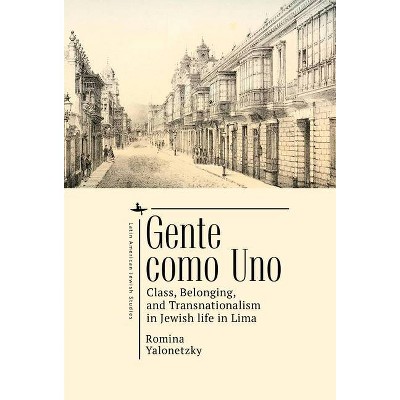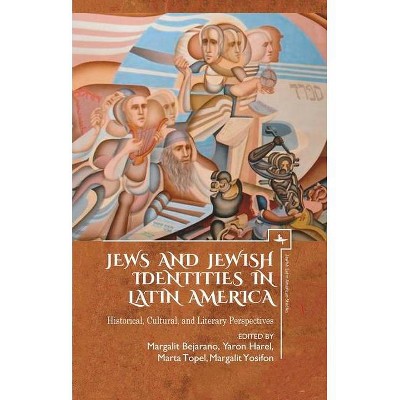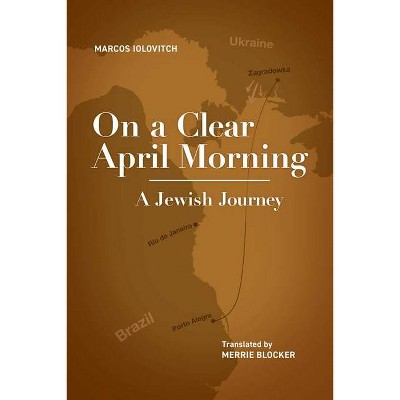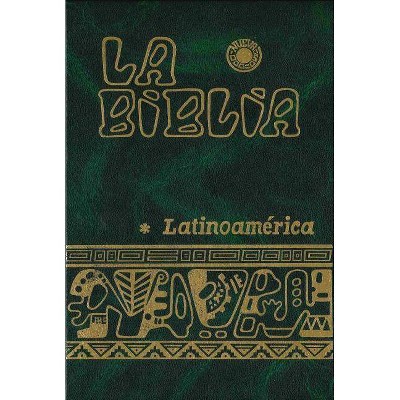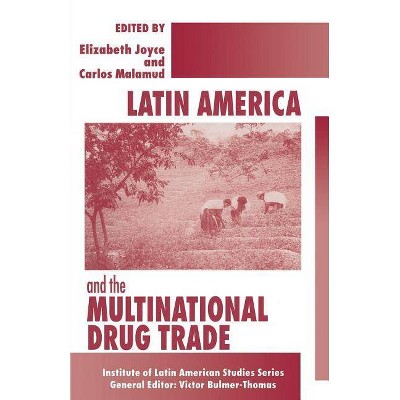Hemispheric Integration, 3 - (Studies on Latin American Art) by Niko Vicario (Hardcover)
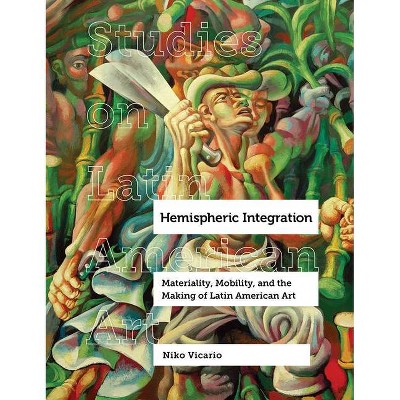
Similar Products
Products of same category from the store
AllProduct info
<p/><br></br><p><b> About the Book </b></p></br></br>"Hemispheric Integration analyzes the relationship between art, trade, and the trade in art from Latin America during the 1930s and early 1940s. Emphasizing the materiality and mobility of works of art, this book explores how the geo-cultural category Latin American art was forged at the nexus of geopolitical and geo-economic transformations which indelibly marked the postwar period and which continue to haunt the present"--Provided by publisher.<p/><br></br><p><b> Book Synopsis </b></p></br></br>Exploring art made in Latin America during the 1930s and 1940s, <i>Hemispheric Integration</i> argues that Latin America's position within a global economic order was crucial to how art from that region was produced, collected, and understood. Niko Vicario analyzes art's relation to shifting trade patterns, geopolitical realignments, and industrialization to suggest that it was in this specific era that the category of Latin American art developed its current definition. Focusing on artworks by iconic Latin American modernists such as David Alfaro Siqueiros, Joaquín Torres-García, Cândido Portinari, and Mario Carreño, Vicario emphasizes the materiality and mobility of art and their connection to commerce, namely the exchange of raw materials for manufactured goods from Europe and the United States. An exceptional examination of transnational culture, this book provides a new model for the study of Latin American art. <br><p/><br></br><p><b> From the Back Cover </b></p></br></br>"Niko Vicario brings highly original and thought-provoking insights to his reassessment of twentieth-century Latin American art. This is a very ambitious volume and one that offers alternative histories of modernity afforded by a close examination of South American, Mexican, and Caribbean art of the 1930s and 1940s."--Edward J. Sullivan, Helen Gould Shepard Professor in the History of Art, New York University <p/> "<i>Hemispheric Integration</i> excels at zooming between the macro and the micro, between a big picture, synthetic view of materiality and mobility and its array of telling details, choice comparisons, and evocative turns of phrase. Jointly they propel the reader toward a deeper understanding of familiar and less familiar episodes in Latin American art history--and the resonances of this project for 'global contemporary art' today."--George F. Flaherty, Associate Professor of Art History and Director of the Center for Latin American Visual Studies, University of Texas at Austin <p/><p/><br></br><p><b> Review Quotes </b></p></br></br><br>"An excellent study of the complex sociocultural, economic, and political background from which Latin American art emerged as a field of study. Vicario makes a lucid and compelling argument."-- "Hispania"<br><br>"Joining a growing body of transnational studies (i.e., books by Lori Cole, María Amalia García, Michele Greet, Olga Herrera, Anna Indych-López, and Harper Montgomery), Vicario intervenes with an original and rigorous approach that puts into practice a social history of art embedded in the matter of art and in the dynamics of industry and trade."-- "CAA Reviews"<br><p/><br></br><p><b> About the Author </b></p></br></br><b>Niko Vicario</b> is Assistant Professor of Art and the History of Art at Amherst College.
Price History
Price Archive shows prices from various stores, lets you see history and find the cheapest. There is no actual sale on the website. For all support, inquiry and suggestion messagescommunication@pricearchive.us
